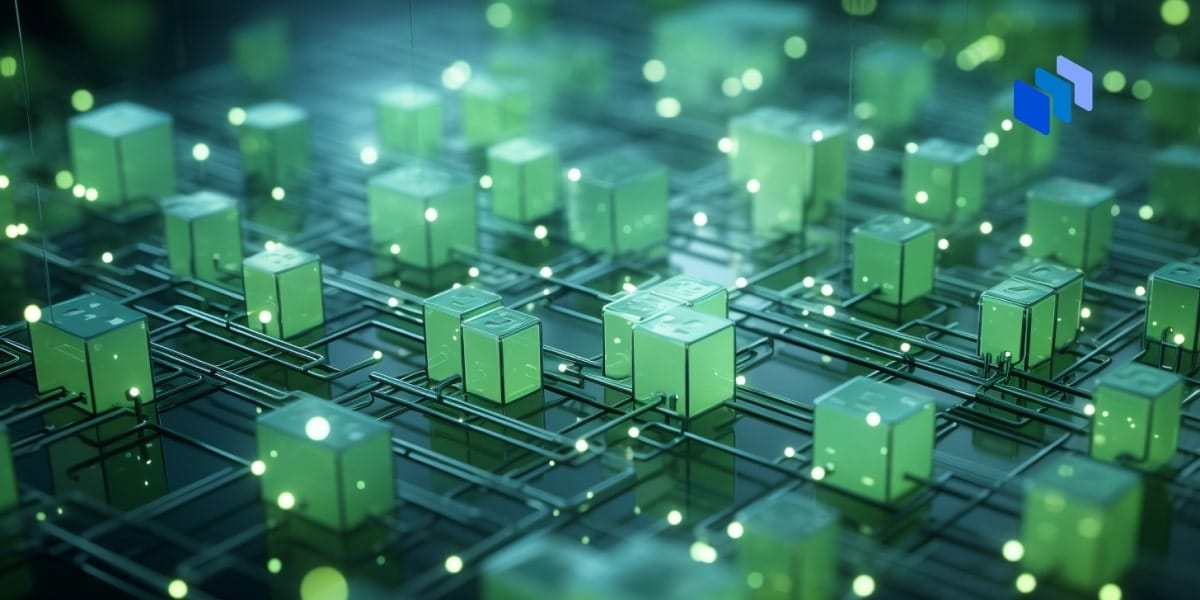Harnessing Blockchain Technology for Disaster Prevention: Insights from the Peace Network's R&D IT Team

In recent years, the world has witnessed an unprecedented rise in the frequency and severity of natural disasters, from floods and earthquakes to wildfires and pandemics. These events pose significant challenges to humanitarian aid and disaster response systems, often revealing gaps in coordination, transparency, and efficiency. As the Peace Network advances its Research & Development (R&D) IT team to explore blockchain applications for disaster prevention, it becomes crucial to understand how blockchain technology can address these challenges and improve disaster management.
Blockchain Capabilities for Disaster Risk Reduction
Blockchain technology, originally developed for cryptocurrency transactions, has evolved into a powerful tool with applications extending far beyond its initial scope. The unique capabilities of blockchain, such as immutable record-keeping, decentralized data storage, and enhanced security, offer promising solutions to many of the critical challenges faced in disaster management.

- Enhanced Data Integrity and Transparency
One of the primary benefits of blockchain technology in disaster management is its ability to ensure data integrity and transparency. In the context of disaster response, accurate and timely information is vital for effective decision-making. Blockchain’s decentralized ledger system allows for the creation of immutable records that can be accessed and verified by multiple stakeholders. This feature helps in maintaining the accuracy of data related to disaster relief efforts, volunteer registrations, and resource allocations. For instance, during a flood, blockchain can track and verify the distribution of aid supplies, ensuring that resources reach the intended recipients without tampering or mismanagement.
- Improved Coordination and Efficiency
Disaster response often involves multiple organizations, including government agencies, non-governmental organizations (NGOs), and private sector partners. Coordinating efforts among these diverse entities can be challenging, particularly when dealing with large-scale emergencies. Blockchain technology facilitates seamless coordination by providing a common, transparent platform for recording and sharing information. This can include tracking the delivery of medical supplies, managing volunteer efforts, and ensuring that funds are used effectively. For example, blockchain can streamline the process of distributing vaccines during an outbreak, ensuring that supply chains remain efficient and that doses are allocated based on real-time needs.
- Strengthened Security and Trust
In disaster scenarios, the security of data and resources is paramount. Blockchain’s inherent security features, such as encryption and decentralized control, help protect against unauthorized access and manipulation. This is particularly important in crises where data breaches or fraudulent activities can undermine the effectiveness of relief efforts. Blockchain can provide a secure platform for managing sensitive information, such as health data or financial transactions, thereby building trust among stakeholders and beneficiaries.

- Scalability and Adaptability
Blockchain technology is inherently scalable, allowing it to adapt to varying scales of disaster response efforts. Whether managing a localized event like a wildfire or a global pandemic, blockchain systems can be scaled to meet the needs of the situation. The Peace Network’s R&D IT team is exploring how blockchain can be integrated with other technologies, such as artificial intelligence (AI) and the Internet of Things (IoT), to create adaptive systems that respond dynamically to changing conditions. For instance, combining blockchain with IoT sensors can enhance real-time monitoring of environmental conditions, providing early warnings and facilitating rapid responses to emerging threats.
The Peace Network’s Approach to Blockchain in Disaster Management
The Peace Network’s R&D IT team is at the forefront of developing innovative blockchain solutions for disaster prevention. Their approach involves several key areas of focus:
- Research and Development
The R&D IT team is dedicated to researching and developing blockchain-based frameworks for disaster management. This includes designing and testing new blockchain models for tracking and managing disaster response efforts. By leveraging the expertise of researchers and practitioners in blockchain technology, the team aims to create solutions that address specific challenges in disaster management, such as data accuracy, resource allocation, and stakeholder coordination.
- Real-World Case Studies
To demonstrate the practical applications of blockchain in disaster management, the Peace Network is collecting and analyzing real-world case studies. These case studies highlight successful implementations of blockchain technology in various disaster scenarios, providing valuable insights into its effectiveness and potential areas for improvement. By examining these cases, the R&D IT team can refine their blockchain solutions and ensure that they are well-suited to meet the needs of different types of disasters.
- Collaboration and Partnerships
The Peace Network recognizes the importance of collaboration and partnerships in advancing blockchain technology for disaster prevention. The R&D IT team is working closely with NGOs, government agencies, and private sector partners to develop and deploy blockchain solutions. These collaborations help ensure that the technology is effectively integrated into existing disaster management systems and that it aligns with the needs and priorities of various stakeholders.

- Future Directions
Looking ahead, the Peace Network’s R&D IT team is exploring new opportunities for integrating blockchain with emerging technologies. This includes investigating how blockchain can be combined with AI and IoT to create more intelligent and responsive disaster management systems. Additionally, the team is examining how blockchain can support broader initiatives related to climate change adaptation and global health, ensuring that the technology remains relevant and effective in addressing future challenges.
The integration of blockchain technology into disaster management represents a significant advancement in the quest for more effective and efficient disaster response systems. The Peace Network’s R&D IT team is leading the way in exploring and developing blockchain-based solutions to address the critical challenges faced during natural disasters. By enhancing data integrity, improving coordination, strengthening security, and adapting to varying scales of response, blockchain has the potential to transform how we prepare for and respond to disasters. As the Peace Network continues to innovate and collaborate, the future of disaster management looks brighter with the promise of blockchain technology at its core.

